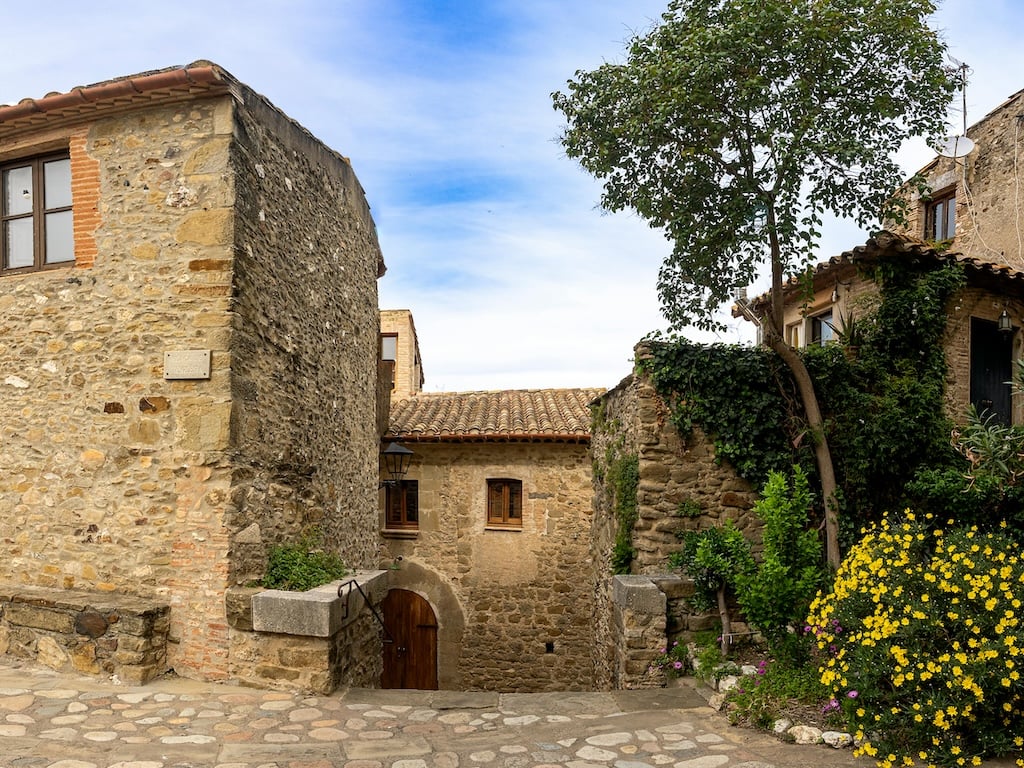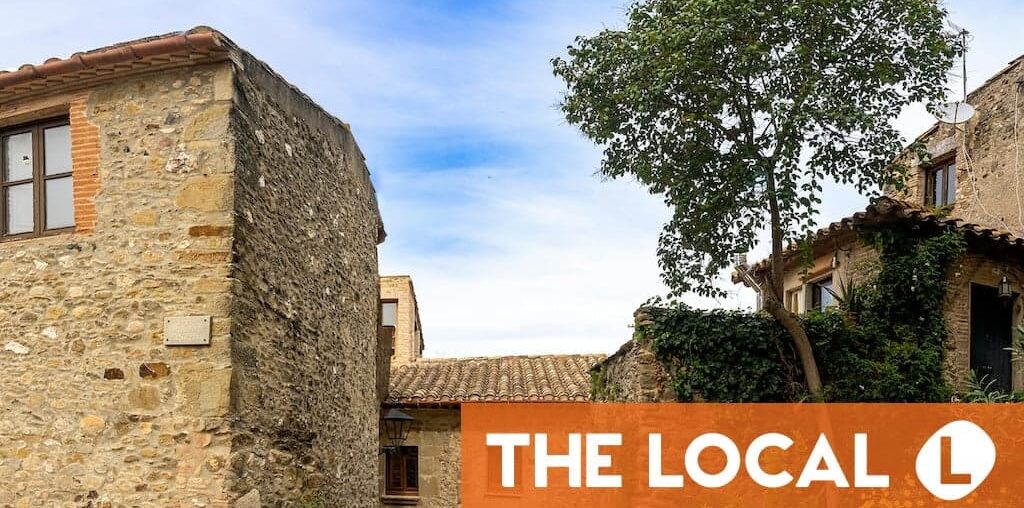
It’s surprisingly easy in Spain to be tricked into buying an illegal property, or one with illegal add-ons, as estate agencies and sellers often assure you that everything is above board and legal.
Sometimes they may not even be aware themselves that it was built somewhere it shouldn’t have been or that it has an illegal extension.
Even football star Lionel Messi found himself in this situation when he bought an old hotel in the Catalan town of Sitges. The building in fact didn’t comply with urban planning regulations and had a pending court order for demolition.
Advertisement
There are other ways properties can be illegal, such as being built on what’s known as rustic or rural land – land where it’s prohibited for properties to be constructed.
So if you’re not informed when you buy the property and even billionaires can be duped, what can you do about it and how do you know if the home you want to buy or that you currently own is legal or not?
READ ALSO: Do I need planning permission in Spain and how do I apply for it?
How can I find out?
There is in fact a simple solution, but it’s not one that is handed to you, so you have to do the work yourself to find out.
This is the certificate of non-existence of urban planning infringement (certificado de inexistencia de infracción urbanística), a document that guarantees the legality of the work of a property and certifies that the property does not have any open file for urban planning infringement.
Some people are completely unaware that this document even exists, but it does and it’s important to know about it.
How should I apply for the certificate?
The certificate can be requested at the Urban Planning delegation of the Town Hall where the property is located.
To request it, you must fill out an application and attach basic documentation such as a location plan, a photocopy of the latest Real Estate Tax receipt/Cadastral Certification of the building in question and proof of payment of the corresponding fee.
The fee will vary depending on where in the country you are. Normally the certificate usually takes 15 days to arrive.
READ ALSO: How to contest the cadastral value of your Spanish property
Advertisement
Are there any other ways to find out?
While the above certificate is the best way of ensuring everything is legal, you can also apply for a licencia de primera ocupación (licence for first occupation), also known as the cédula de habitabilidad or habitability certificate in some cases.
This certifies that when it was first built, the property was issued with a licence to say that it could be lived in, so was likely legal at the time.
It will either have been given to you with all your other property documents or be mentioned in the deeds. Sometimes it just may not have one because the property is very old and they weren’t used the time.
If you are looking into a property to decide whether or not you want to purchase it, you can request this document from your Town Hall. You can also check the information in the Land Registry.
While these won’t tell you if the property has any current pending planning issues, they will tell you about the status of the property when it was constructed, which is also very helpful.
READ ALSO – EXCLUSIVE: Where can you build on rural (rústico) land in Spain?
Are there any other red flags I can look for myself?
Yes, there are several warning signs you should look out for when looking around properties. The first is the information in the property deeds – does it match the actual layout of the house? For example, is there an extra extension, room or even a floor that exists but that isn’t shown on the deeds.
Chances are that these extra parts were built without planning permission and are therefore illegal. If you buy one of these properties then you could face problems when you come to sell it on.
Advertisement
What’s the solution?
Unfortunately, there isn’t a solution in all cases. If the property was built illegally in the first place or has been earmarked for demolition, there may be nothing you can do about it. However, in other cases it can be legalised. This could also be the case if the property was built on land not meant for construction.
If for example your property doesn’t have a licencia de primera ocupación for some reason, or it has an extra extension not mentioned on the deeds, there could be a way to legalise it, depending on what the issue is.
Legalising a property can be costly, so you need to make sure it’s financially worth your while.
To do this, check that your property meets current regulations and gather all the necessary documents to prove your case to send to your local ayuntamiento or town hall.
You may also need to present a Reform Project and a Legalisation File to show how you intend to alter the property so that it can meet new regulations and be legalised. It’s best to get a professional architect to help you with this.
READ ALSO: Why you should think twice before buying a coastal property in Spain

